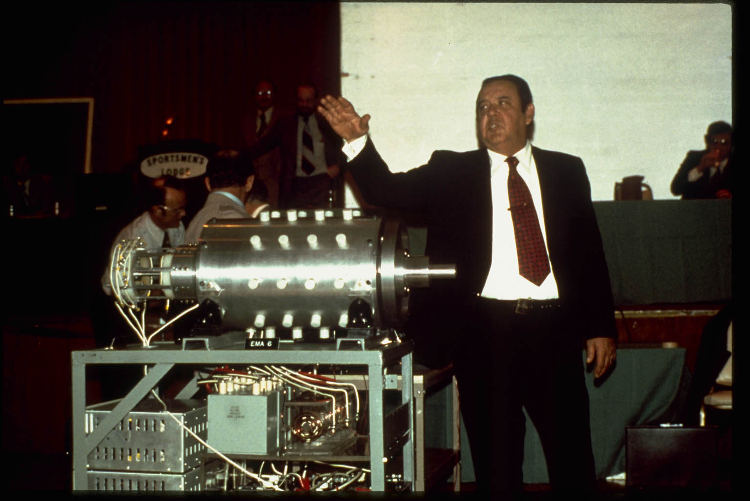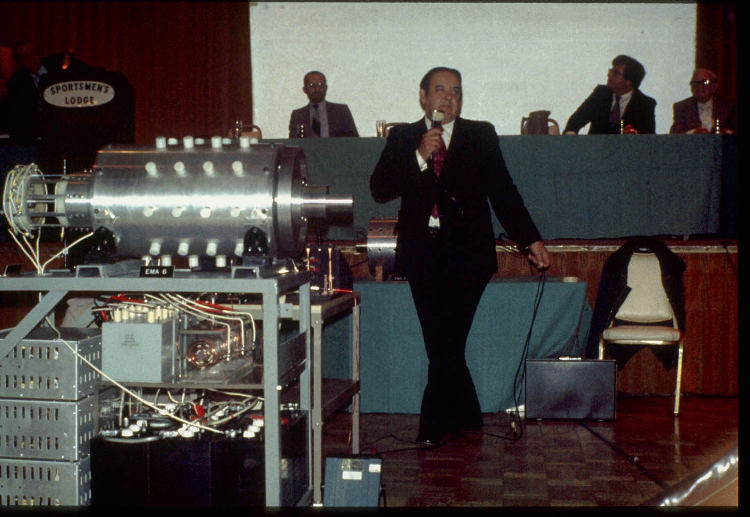Using multiple caps
The problem I see with trying to use multiple caps is that if you use them in parallel, they only add up to the original value, ie, 3 x 3uf caps = 3uf. If you use them in series, they add thusly; CT = 1 / ((1 / C1) + (1 / C2) + (1 / C3)), same as parallel resistance, which will always be a lower value in uf than any one cap. This doesn't make sense to me since it seems that if you have a Farad of electrons available, it shouldn't make any difference where or how you inject them into the circuit, they should all go. Evidently, this is wrong .
.
Google 'series capacitance formula' for this. Based on this information, I have decided to go with just two caps. However, finding them seems to be the problem at the moment. eBay has some 5KV caps @ 40uf, but they want $150.00 each plus shipping. I used to have several HV caps, but I moved eight years ago and all that hit the trash. Guess that's the way it goes I still have two 75KV 20nf caps that I will start with.
I still have two 75KV 20nf caps that I will start with.
Later,
Carl
The problem I see with trying to use multiple caps is that if you use them in parallel, they only add up to the original value, ie, 3 x 3uf caps = 3uf. If you use them in series, they add thusly; CT = 1 / ((1 / C1) + (1 / C2) + (1 / C3)), same as parallel resistance, which will always be a lower value in uf than any one cap. This doesn't make sense to me since it seems that if you have a Farad of electrons available, it shouldn't make any difference where or how you inject them into the circuit, they should all go. Evidently, this is wrong
 .
. Google 'series capacitance formula' for this. Based on this information, I have decided to go with just two caps. However, finding them seems to be the problem at the moment. eBay has some 5KV caps @ 40uf, but they want $150.00 each plus shipping. I used to have several HV caps, but I moved eight years ago and all that hit the trash. Guess that's the way it goes
 I still have two 75KV 20nf caps that I will start with.
I still have two 75KV 20nf caps that I will start with.Later,
Carl






Comment